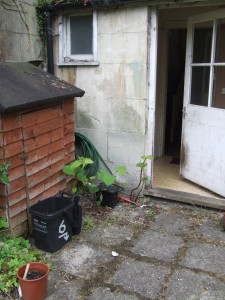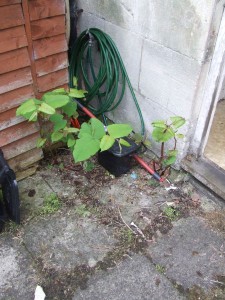Richard Mountain owner of RMA Surveyors Ltd, Newbury was invited to talk live on the BBC Radio Berkshire show – Phil Kennedy on 19th November 2014.
As a Chartered Surveyor, Richard has had experience in finding japanese knotweed when undertaking building surveys.
He was asked to comment on the government news which states that people could be fined or receive anti-social behaviour orders (asbos) should they fail to control the spread of invasive non-native plants, such as japanese knotweed.
Listen to Richard: http://www.bbc.co.uk/programmes/p02bkvjb (skip forward to 1:22).
As reported in The Independent: ‘The Government has named Japanese knotweed as one of the “non-native” plants which “have the ability to spread and pose serious threats to biodiversity, the economy and human health”.
As a result, new rules have been introduced in the Anti-social Behaviour, Crime and Policing Act 2014 that could see people and organisations served with notices for “not controlling Japanese knotweed [when they] could be reasonably expected to do so”.
“Failure to act” is defined specifically as a form of anti-social “conduct”, according to a Home Office document, and individuals could be fined up to £2,500. Companies who allow the weed to get out of control could face a fine up to £20,000.’
Read the Home Office document.
If you would like advice from a Chartered Surveyor, please contact RMA Surveyors Ltd on 01635 579208 or complete the enquiry form.






